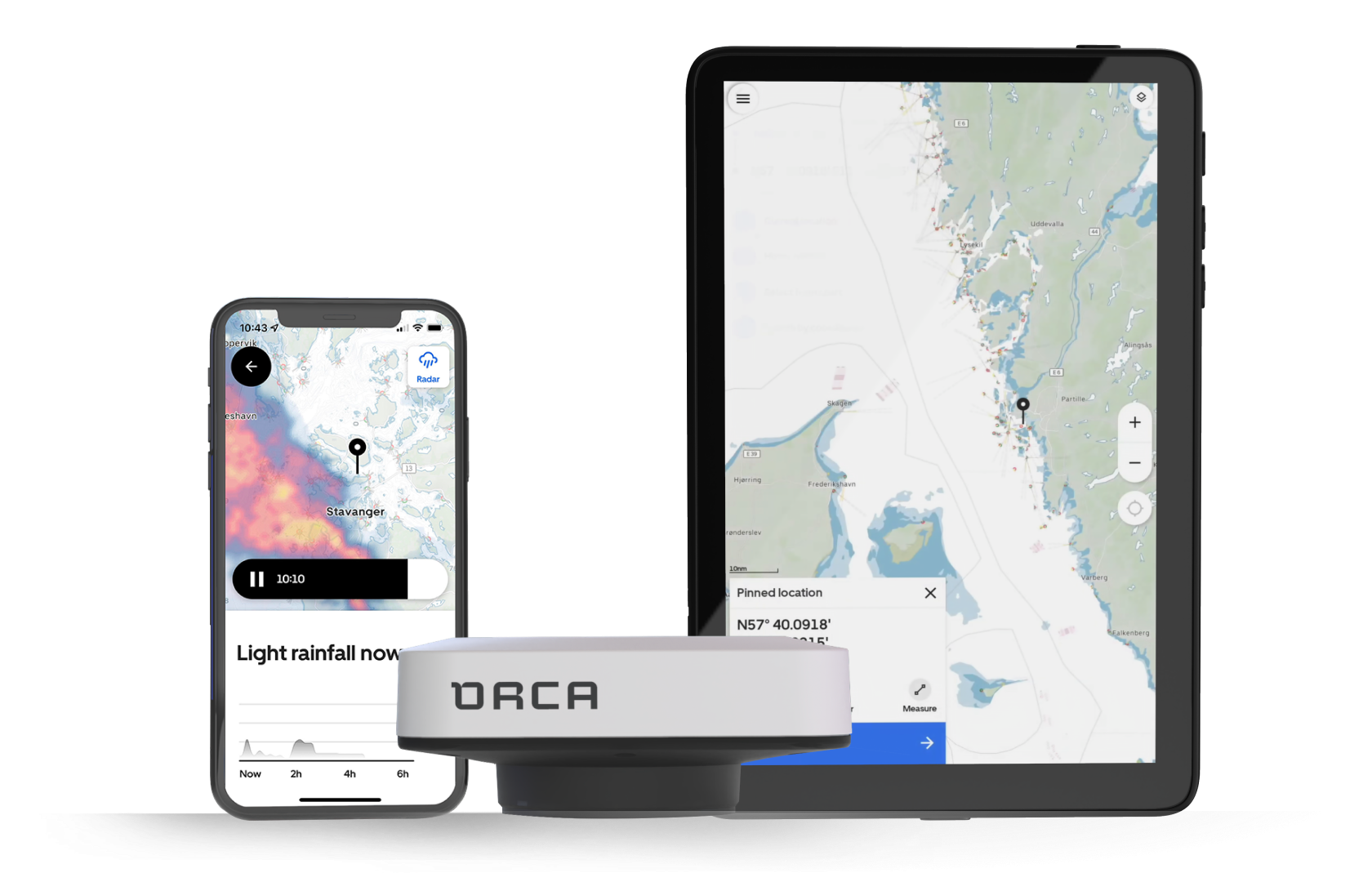All Articles
Sail better with insightful instruments
November 3, 2023 • 7 min read
A guide to setting up great instrument panels in Orca.
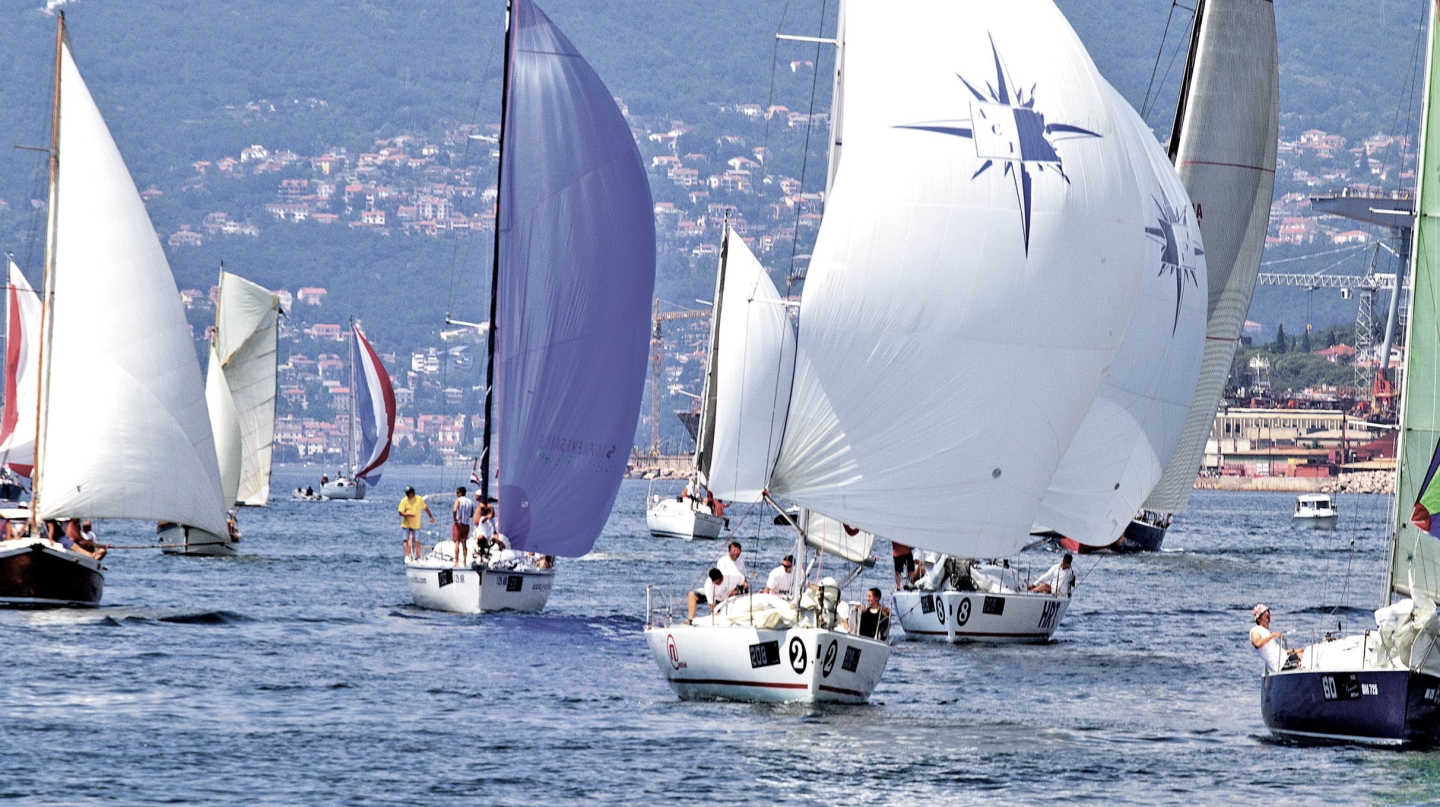
Sailing is for many an intuitive sport. When the wind picks up, you feel your boat heeling, the rudder tightens up, and you hear the waves passing by your boat's hull.
If you’ve sailed dinghies or other smaller boats, intuition and experience has been your primary tool to benchmark your sailing performance. For smaller boats, intuition is great because the effect of your input is immediate and easy to identify.
For larger boats, cause and effect are less immediate and harder to identify: Larger boats mean more trimming options, often multiple sail sets, and a larger crew that needs to coordinate. In this scenario, you’ll quickly find intuition reaching its limits, and you’ll find yourself in need of additional tools to sail well.
Instruments in Orca can take many shapes and forms.
Sailing instruments are one of those tools. Instruments work hand in hand with intuition to give you objective and reliable insights which in turn lets you understand how your boat and crew perform.
Modern sailing has become very instrument-oriented, and having good onboard instrumentation makes sailing easier and a lot more fun.
How to set up instruments in Orca
Orca gives you the freedom and flexibility to set up instruments exactly how you want them.
You can split your screen between instruments and a chart, and with a swipe change to a full-screen instrument layout. Orca lets you pick instrument sizes and visual representations – allowing you to create anything you want from simple instruments to complex setups that rival what you’ll find on an IMOCA 60.
To accomplish this incredible flexibility, Orca lets you organize your instrument into instrument panels. To edit or create an instrument panel, long-press on one of your instruments. From here, you add, remove, and rearrange instruments just the way you want.
Long-press on an instrument to change your setup.
This article shares recommendations for how to set up your instrument panels in Orca for sailing. It will share two sailing setups: A minimalist setup for cruising, and an advanced setup for those who want to know every detail of their sailing performance.
The recommendations are based on feedback from a wide range of Orca customers – ranging from sailing enthusiasts to national and world-class racers.
The Minimalist
The minimalist setup gives you essential sailing information in a compact and easy-to-read format. The panel can be viewed together with the chart and is great for cruising and near-shore navigation.
If you want a single instrument panel for sailing, this is what we recommend.
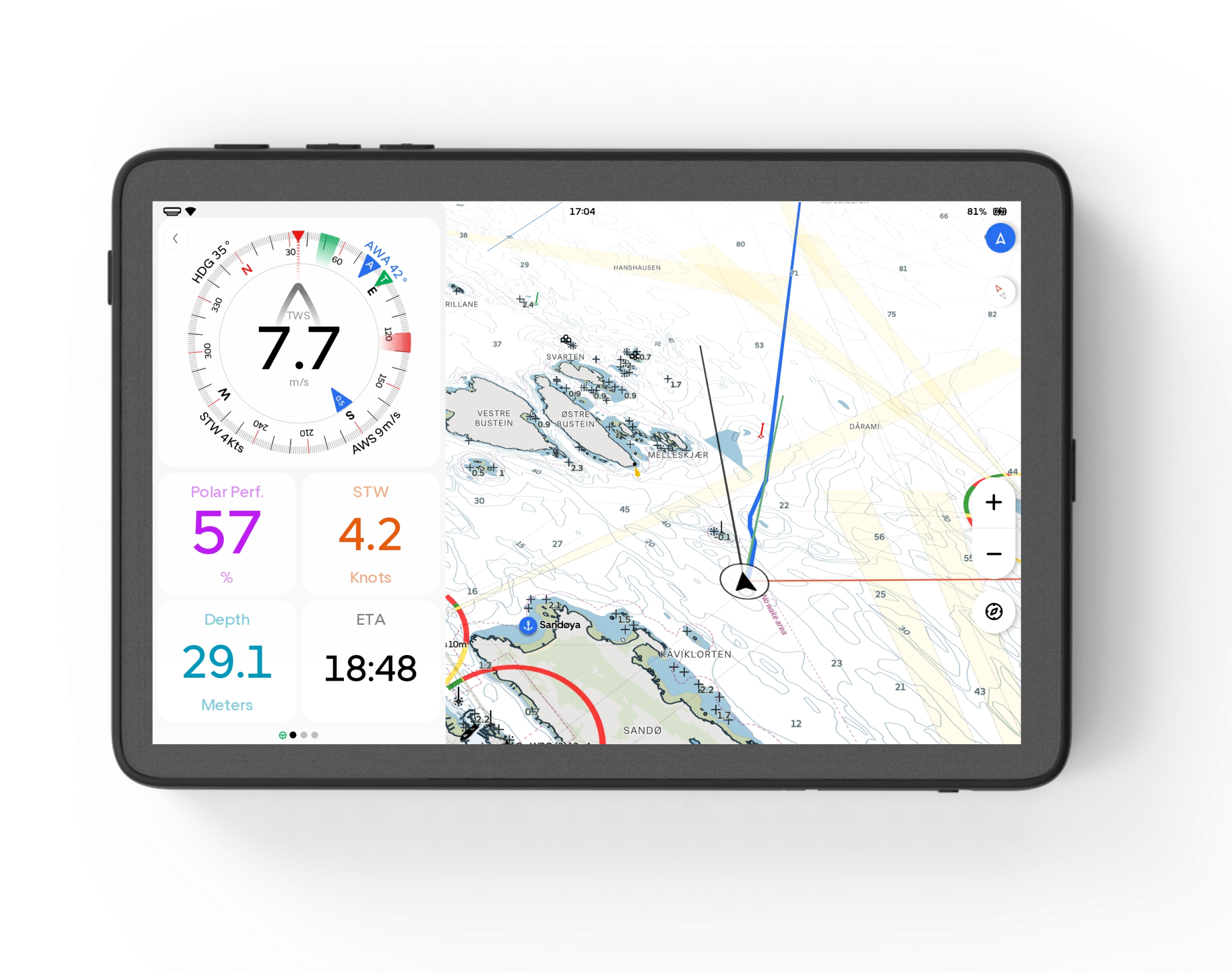
A minimalist instrument setup for viewing essential information along with the chart.
The instruments are, starting top left:
The Wind Rose
The Wind Rose gives you essential sailing information at a glance in a very compact and legible format. True and Apparent Wind is shown by text and along the heading rings. The current direction and speed are represented with the blue inner arrow. The wind rose is oriented with heading up, and your course over ground, which is affected by currents and leeway, is represented with the orange aim line.
Polar Performance
This instrument shows how fast you are sailing relative to your theoretical optimal speed. Even if you are not trying to sail fast this value is important. Keep track of this number, and adjust your Route Polar Scaling to the typical polar performance value you achieve. That way, your route ETAs will become much more accurate.
Speed Through Water
It’s always good to know how fast you are going. Speed Through Water should be used if you have a paddlewheel sensor, if not, use Speed Over Ground.
Depth
If you are sailing near shore, about to anchor or dock, you’ll want to know the depth.
ETA
Will you arrive before sunset? Ahead or behind schedule? The ETA instrument gives you the answer.
Other instruments
If you are a casual sailor, the instruments above make for a fantastic starting point. From here you may want to add battery voltage, fuel, or water tanks on another page to keep track of non-sailing instrumentation.
If you want to dive deep into sailing performance, read on.
Performance sailing
When all that matters is performance, you want detailed information about your boat and environment. You’ll also want instruments that are large, distraction-free, and easy to read – so we recommend using full-screen instrument panels.
We recommend setting up two panels: A dedicated panel for upwind sailing and a combined panel for reaching and downwind sailing. By splitting the panels for sailing modes, you’ll maximize legibility and reduce distractions.
Upwind sailing
Upwind sailing is all about optimizing for Velocity Made Good, which is your boat speed component in the direction of the wind. While Velocity Made Good is your target metric to optimize, you’ll need input from other metrics to understand how to trim and adjust to achieve a great Velocity Made Good.
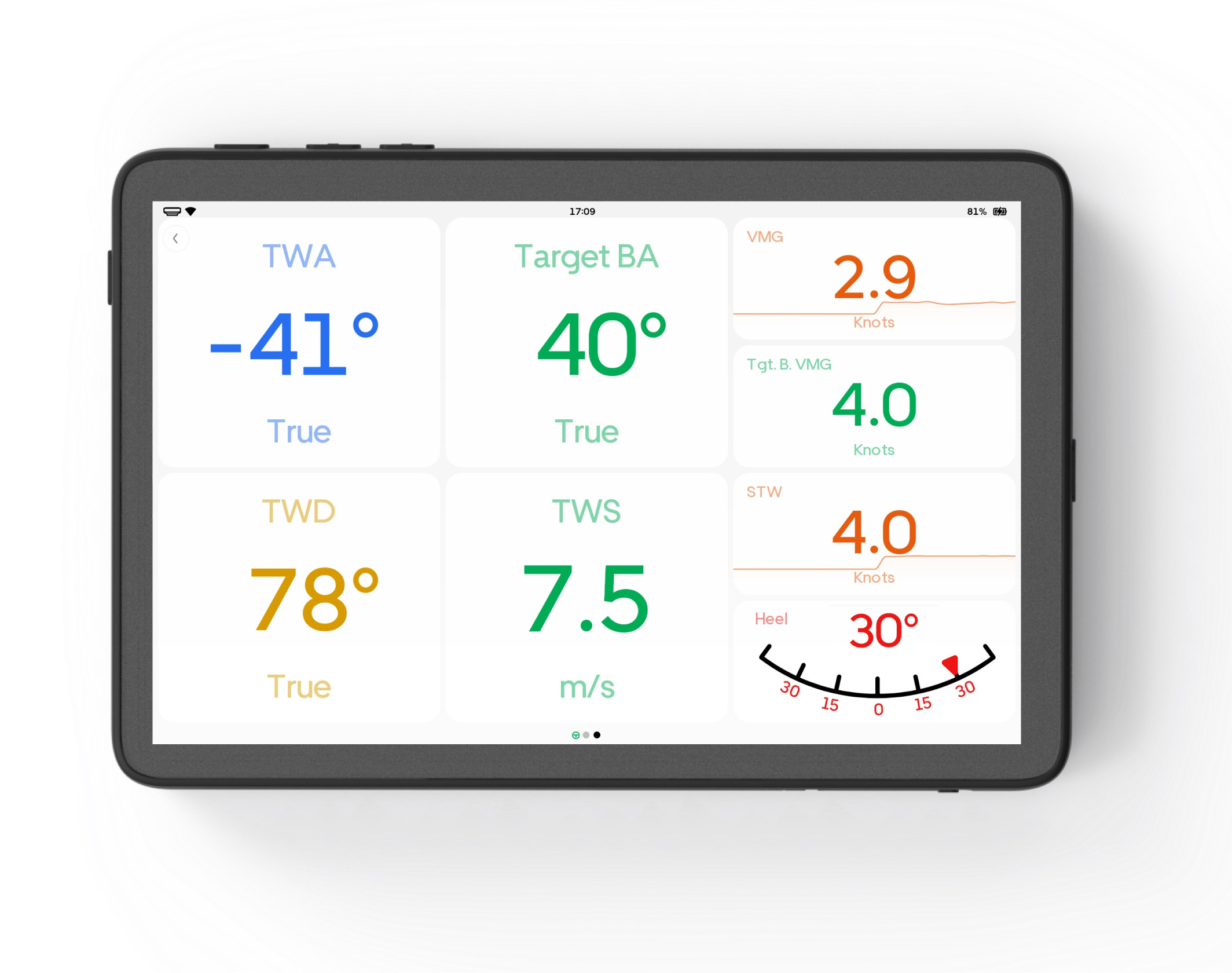
An upwind performance instrument panel gives you a detailed insight into your boat's performance.
The instruments are, starting top left:
Apparent/True Wind Angle
Maintaining optimal wind angle is the cornerstone of fast upwind sailing. Apparent wind angle is generally more stable and represents the wind your sails are experiencing, so if you find it hard to sail against your True Wind Angle, you should use Apparent. That said, using True Wind Angle makes it easier to compare your wind angle with your Target Beat Angle.
Target Beat Angle
Target Beat Angle is the True Wind Angle that gives you the highest Velocity Made Good according to your polar diagram. Because your polar diagram is theoretical and derived theoretically under specific conditions, you may want to under- or overshoot your target beat angle depending on the conditions.
Velocity Made Good
This is your boat speed component in the direction of the wind. You want this as high as possible. Adjust trim and beat angle to find the best Velocity Made good.
Target Velocity Made Good
This is your target Velocity Made Good according to your polar diagram. This value will change with the wind speed – and you compare this with your Velocity Made Good to understand how well you are sailing into the wind.
True Wind Direction
Tracking wind shifts is incredibly important for upwind sailing. You want to hit lifters and avoid headers, and you want to understand the wind shift behavior in your area. The True Wind Direction instrument lets you keep track of this.
True Wind Speed
When sailing upwind, you’ll feel apparent wind speed, which is affected by your boat speed and wing angle. This means that your intuitive measure of wind speed is not representative, and you’ll want to keep track of the True Wind Speed as an objective measure.
Speed Through Water
It is useful as a reference to help quantify boat speed against how you feel the boat is doing.
Heel Angle
An important tool to help you squeeze out the last few percent of performance and a great motivator for your crew or family members to stay on the rail. For those who are really hardcore, get your boat’s target heel angle by ordering an ORC Speed Guide so you’ll know which numbers you want to hit.
Reaching and Downwind
Reaching and downwind sailing are quite similar, but each mode has its own nuances.
When reaching, your goal is to optimize for Route Velocity Made Good, which is the boat speed component in the direction along your route. In this scenario, the helmsman keeps your course aligned with Course To Steer and your crew trims to adjust for changes in wind direction and speed.
When going downwind, your goal is to optimize for Velocity Made Good, which is the boat speed component in the direction away from the wind. In this scenario, the helmsman steers to align your True Wind Angle to the Target Run Angle while the crew trims for changes in wind speed.
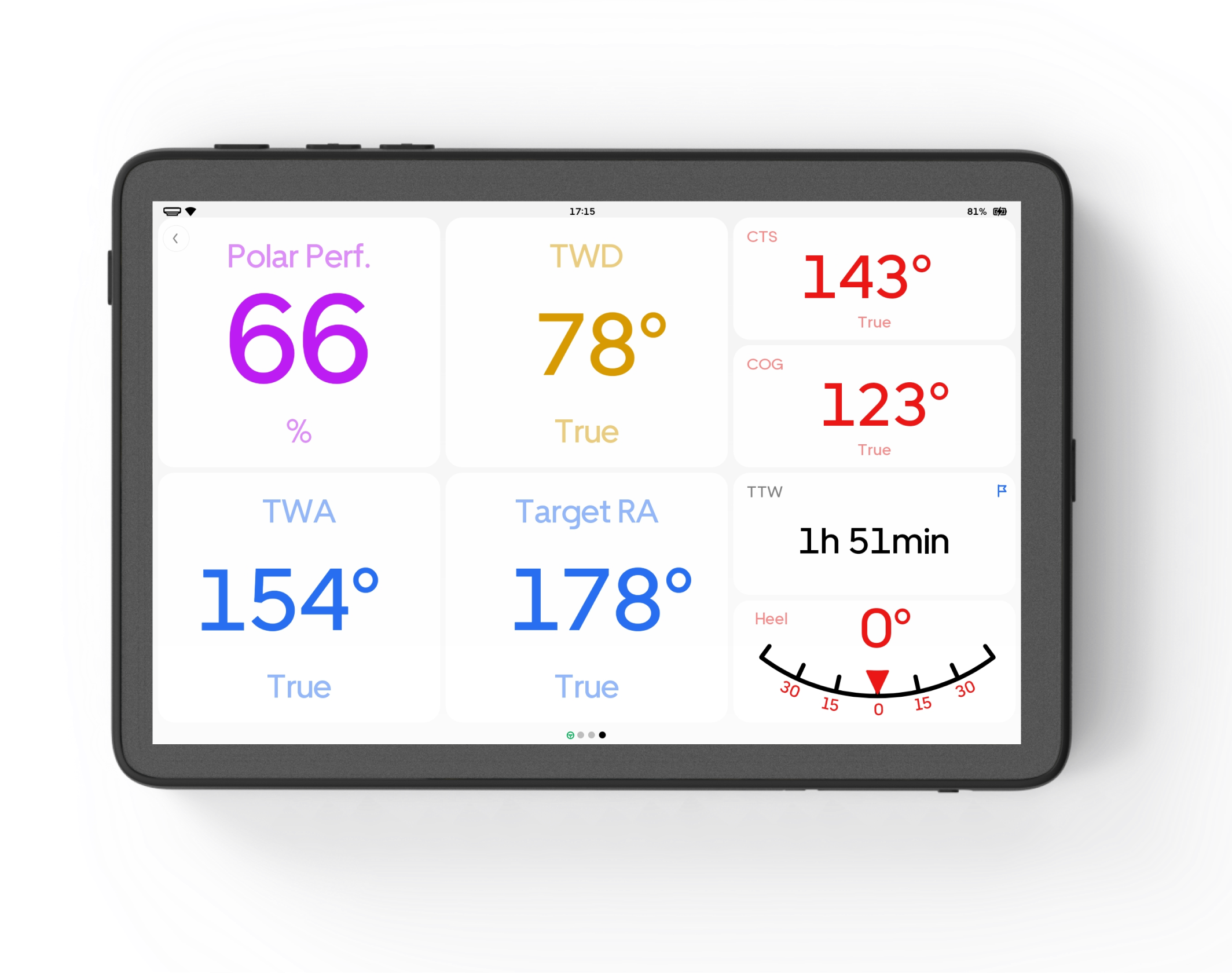
Reaching and downwind performance is all about focusing on trimming and coordination between the crew and helmsman.
Course Over Ground
This is the course your boat is sailing along. When reaching, the helmsman wants to keep their eyes glued on this number to make it match Course To Steer. When going downwind, the helmsman switches mode to match True Wind Angle with Target Run Angle.
Course To Steer
This is the route course you want to follow. For shorter legs, this is typically straight towards the next waypoint, but for longer legs, this is often not the case due to wind changes.
Orca’s Sail Routing uses your polar diagrams and weather forecasts to estimate the best routes.
Polar Performance
This is the primary metric for your crew to trim against. We recommend using Polar Performance instead of Target Boat Speed versus Speed Through Water as it allows the crew to focus on a single metric that is more stable. This is particularly helpful on long legs where concentration can be a challenge.
Route Velocity Made Good
This metric is the combined effort of the helmsman’s ability to stay on course multiplied by the trimming crew’s ability to maintain your boat speed.
Target Run Angle
This is the true wind angle that will give you the best downwind Velocity Made Good. You should never exceed this.
True Wind Angle
When going downwind, the helmsman’s goal is to make the True Wind Angle match the Target Run Angle.
True Wind Direction
By keeping track of the True Wind Direction, you’ll be able to act upon wind shifts and identify when to gybe for a better Route Velocity Made Good.
Additional Instruments you may want to add
Depending on preference and boat type, you may also want to add True Wind Speed, Heel Angle, Speed Through Water, Time To Waypoint, or any of the other performance instruments Orca offers.
If you are sailing in areas with a lot of currents, you’ll probably also want to add Direction Of Currents and Speed Of Currents to your panels.
Sail better with Orca
Orca gives you all the tools you need to sail better, from flexible instruments to advanced sail data processing, and sail routing.

Mast mounting enables the entire crew to keep track of the wind and your sailing performance.
If you are looking to upgrade to a truly modern sailing system, get an Orca Core – and if you need a robust navigation display, the Orca Display 2 is the best way to experience Orca – with groundbreaking performance, cellular connectivity, and amazing battery life.
Orca Core and Orca Display can be ordered in the Orca Store, with a 30-day satisfaction guarantee and free express shipping.

